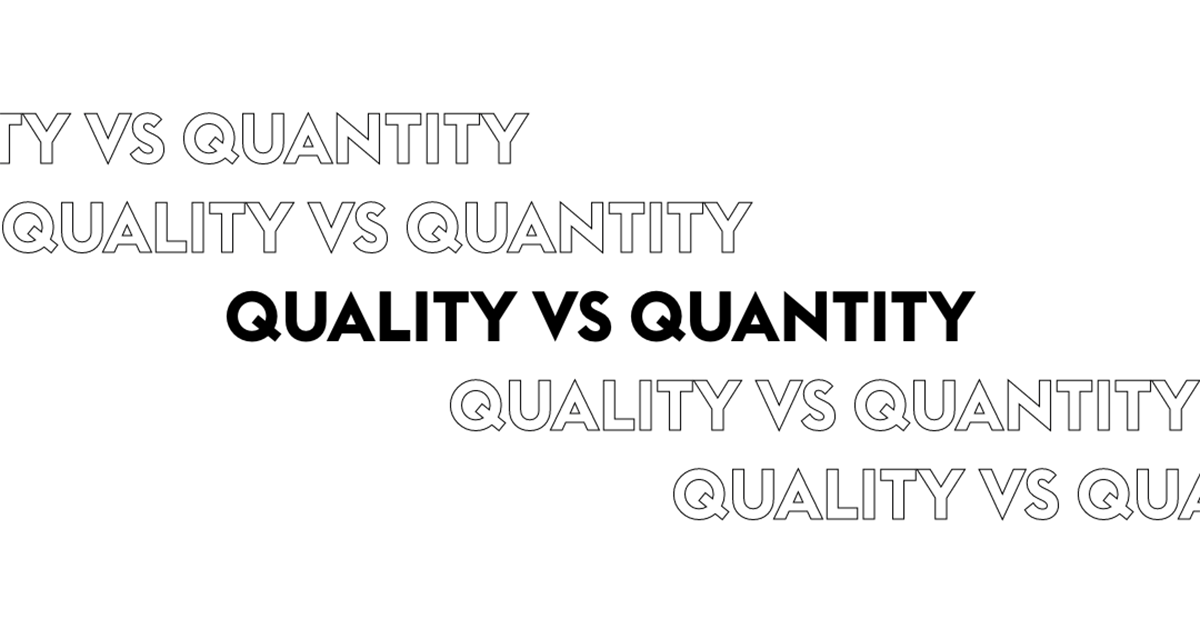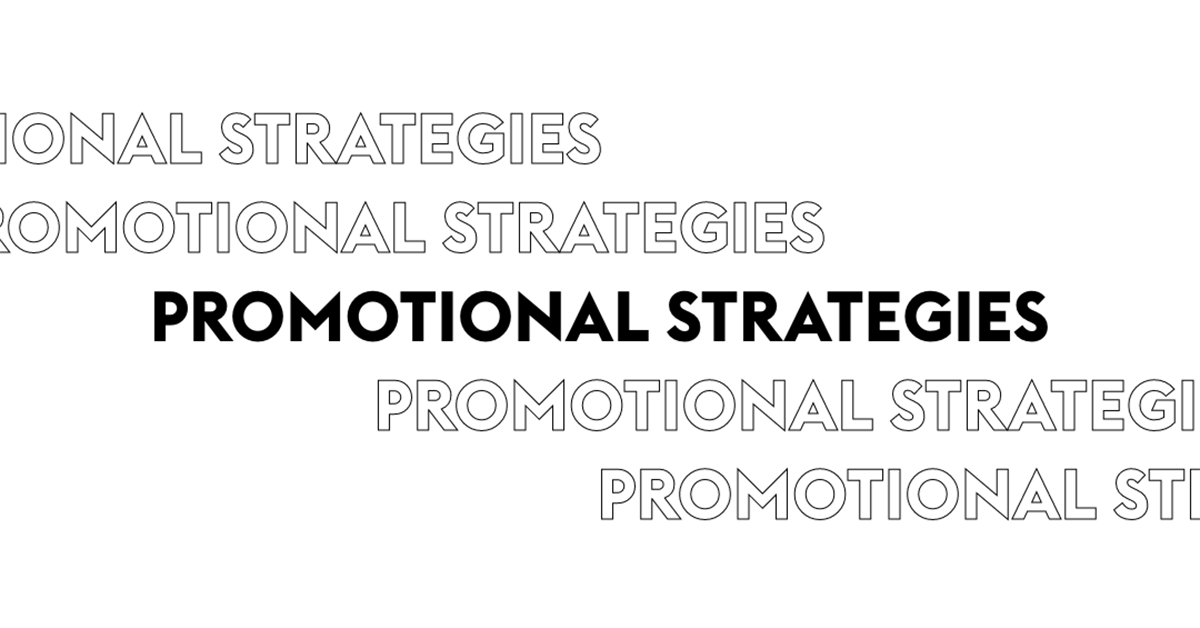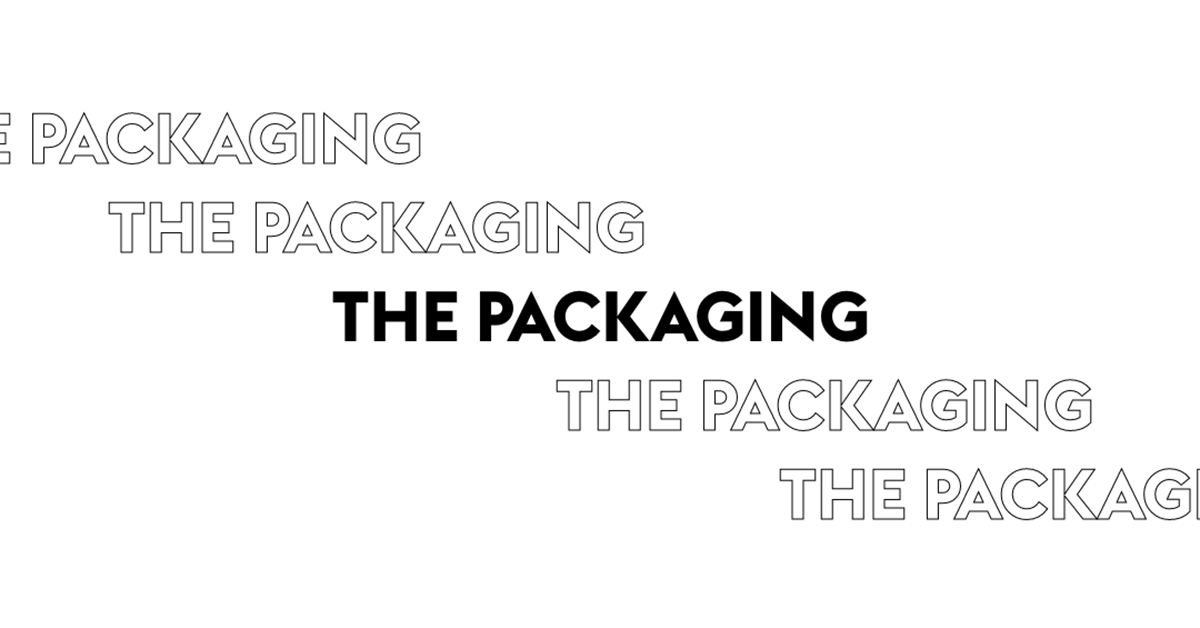14 Feb 2023
Discrepancy Between eCommerce and Sustainable Development?

The past year has allowed everyone to reflect on various issues. For our planet, the awareness of wanting to do better and the principles of development are no longer just a trend. On the other hand, the barriers of eCommerce have fallen, and this type of business is becoming increasingly accessible.
At first glance, it may be difficult to make a connection between eCommerce and sustainable development, as several discrepancies exist between these 2 fields. How can a balance be struck between growth and sustainability?
It’s simple to demonstrate a symbiosis between these 2 concepts. The integration of sustainable practices and clean technologies within eCommerce processes can be beneficial on several levels and help create a consistency between sustainable development and eCommerce.

Quality VS Quantity
In eCommerce, we often want to increase the quantity of products purchased and promote loyalty and repeat purchases.
It may be more profitable, for both your company and your customers, to focus on the quality of your products so that they have a higher value, as well as sustainability. This is also the time to talk about eco-design practices. These are “a way to combine economic benefit and reduced environmental impact. With eco-design, the environmental and social impacts (climate change, toxicity, water, air, and soil pollution, waste production, etc.) must be considered over all the stages of a product’s life cycle, from the extraction of the raw materials to the end of the product’s lifespan.”¹
To do this, you must first look at the foundation of your eCommerce business: your product. To get started with your eco-design practices, you could talk to your suppliers about replacing a raw material made from plastic with an eco-friendly biodegradable alternative, or even develop a new line of more sustainable products.
You can also consider the end of your product’s life cycle and potentially reusing your raw material or redistributing used products within your community. For example, Womance, a Quebec-based clothing and accessories company, has launched its Second Hand platform, which allows its customers to exchange clothes from its brand with each other.
The customer experience can be enhanced with a warranty or a repair service that encourages your customer to keep their product longer.

Promotional Strategies
In the same vein, promotional strategies can encourage consumers to buy products in larger quantities or even make “unnecessary” purchases.
It’s possible to be creative and thoughtful with your promotions to avoid encouraging overconsumption. You can offer discounts to facilitate accessibility to products for people who have more limited purchasing power. For example, your promotions can help you liquidate leftover stock that would be wasted or demo models that are not quite in mint condition.
A promotion can also be presented in a way that is consistent with sustainable development, such as by offering a portion of the profits to an organization that is important to your customers. That way, you are certainly encouraging a purchase, but above all, you are creating a dialogue around the company’s values by getting involved in your environment. The collaboration between KaseMe, a company that sells cell phone cases with unique designs, and the non-profit organization Ecologi is a good example of a positive initiative for the environment. KaseMe has thus committed to planting one tree for every case purchased.
It’s all about the quantity of promotions and educating customers about the importance of making thoughtful purchases. By incorporating sustainable values into your mission and not relying solely on repeat purchases, you encourage your customers to embrace your values.

Delivery
Delivery, of both the raw material and the end product to the consumer, can often be synonymous with GHG production due to the numerous trips.
As a company, it’s possible to find ways to compensate for this travel. Certain technological solutions allow the customer to offset the GHG production generated by their purchase by adding a certain amount to their bill. Companies such as Climate Partner have developed eCommerce solutions to calculate this carbon footprint and allow customers to make a financial contribution to offset it.
A company with objectives focused on sustainable development can also turn to greener delivery alternatives such as bicycle delivery for local commerce or 100%-electric delivery (e.g., Livraison Vélo Montréal, SOS Courrier, Purolator, etc.)
In addition, it’s possible to tailor your strategies and even your products to optimize the number of deliveries. By reviewing the format or the nature of the products offered for delivery, you can encourage customers to place a larger order all at once instead of several small orders.

Packaging
Products delivered to customers must both be protected by a package and compliant with carrier standards. Too often, we end up with tons of wasted material.
Above all, you should choose and adapt the products to the context of eCommerce. It’s maybe not necessary to offer your most fragile, heaviest, or bulkiest products on your online store. For these types of products, offer an in-store pickup option (you will have in-person contact with your customer as a bonus).
In addition to attempting to minimize the amount of packaging, you can make greener choices in terms of materials. For example, you can favour local suppliers or compostable, recyclable, or even reusable materials. Several packaging solutions for eMerchants have been emerging in North America for several years, and this article from the Green Business Bureau shares some of them with you. Just to take these examples, Noissue offers different types of 100%-biodegradable bags, and RePack offers a reusable packaging service.
For internal and bulk deliveries, it may be optimal to focus on reuse. Furthermore, BonLook reuses the boxes from its suppliers to make shipments within its network of stores.

Les retours
In addition to multiplying the kilometres covered, returns can be a source of waste in terms of products and materials.
Ideally, errors and returns should be minimized by ensuring rigorous logistics processes. You should also make your customers aware of the impact of returns. For example, if an item is damaged but still usable, it’s possible to offer a partial refund and encourage the customer to keep the product. Slightly damaged items can then be donated to a cause or repaired for resale on promotion.
The digital shift is part of the present and future of most businesses. It’s possible to make the digital shift in a smarter and more sustainable way. During each strategic decision-making session, it’s important to consider the SD factor. Every action matters, and responsible consumption grows at the pace of supply and demand. It’s a joint responsibility between consumers and businesses.
Do you want to keep the discussion going with us? If you’re looking for an eCommerce partner that shares your values, contact us!
Inspired by what you’ve read?
Our team of experts can help you take your eCommerce to the next level!
